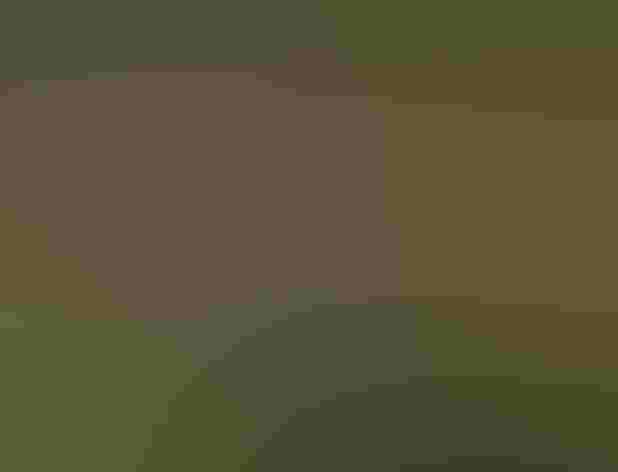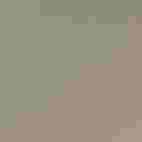Broad-winged Hawk
At a Glance
A small hawk, common in eastern woodlands in summer. Staying around the edges of forest, Broad-wings are often not very noticeable during the breeding season, but they form spectacular concentrations when they migrate. Almost all individuals leave North America in fall, in a mass exodus to Central and South America, and sometimes thousands can be seen along ridges, coastlines, or lake shores when the wind conditions are right.
All bird guide text and rangemaps adapted from by Kenn Kaufman© 1996, used by permission of Houghton Mifflin Harcourt Publishing Company. All rights reserved.
Category
Hawk-like Birds, Hawks and Eagles
IUCN Status
Least Concern
Habitat
Fields, Meadows, and Grasslands, Forests and Woodlands, Shrublands, Savannas, and Thickets
Region
California, Eastern Canada, Florida, Great Lakes, Mid Atlantic, New England, Plains, Rocky Mountains, Southeast, Southwest, Texas, Western Canada
Behavior
Direct Flight, Flap/Glide, Soaring
Population
1.900.000
Range & Identification
Migration & Range Maps
A long-distance migrant, most going to South America for the winter. Migrates in flocks. Birds from throughout the east travel southwest or south to go around, not across, the Gulf of Mexico.
Description
13-15" (33-38 cm). W. 34 (86 cm). Chunky and compact, soars with wings held flat and tapering to a point. Adult is only eastern buteo with broad tail-bands, has dark back, reddish chest. Juvenile has narrow tail-bands (last one thicker), dark blotches on side of white chest. On all, wings are pale or whitish below with dark tips and trailing edges. A rare dark-bodied morph occurs mainly in western part of range.
Size
About the size of a Crow
Color
Black, Brown, Gray, Red, White, Yellow
Wing Shape
Broad, Pointed
Tail Shape
Rounded, Square-tipped
Songs and Calls
Thin whistle, pe-heeeeeeeee? Blue Jays are known to mimic the call.
Call Pattern
Flat, Simple
Call Type
Whistle
Habitat
Woods, groves. Typically breeds in deciduous forest or mixed coniferous-deciduous forest, often near water and near clearings or edges. Migrants may be seen over any kind of open country, but tend to stop for the night in forest or extensive groves of trees.
Sign up for ³Ô¹ÏºÚÁÏ's newsletter to learn more about birds like the Broad-winged Hawk
Behavior
Eggs
Usually 2-3, sometimes 1-4. Whitish, usually spotted with brown. Incubation is almost entirely by female, 28-31 days. Male brings food to female during incubation, then he may sit on eggs while she eats.
Young
Female remains with young almost constantly for first 1-2 weeks after they hatch; male brings food, and female feeds it to nestlings. Young may climb out of nest onto nearby branches at about 4-5 weeks; can fly at about 5-6 weeks, and soon start learning to hunt.
Feeding Behavior
Hunts by watching for prey from a perch, usually located along edge of woods or near water. When prey is spotted, the hawk swoops down rapidly to capture the creature in its talons. Occasionally hunts by flying through the woods or along watercourses, actively searching for prey.
Diet
Includes small mammals, amphibians, reptiles, birds. Varied diet includes mice, voles, squirrels, other small mammals; toads, frogs, snakes, lizards, young turtles; various small birds; large insects. Sometimes eats crayfish, fish, centipedes, earthworms.
Nesting
Early in breeding season, pairs circle high in the air, calling. In display, one bird may fly high, then dive steeply toward the ground. Nest site is usually in the lower part of a large tree (either deciduous or coniferous), typically 25-40' above ground. Nest (built by both sexes) is a rather small platform of sticks, lined with softer materials such as bark and moss. Leafy green twigs often added during nesting cycle. Often uses pre-existing nest of hawk, crow, or squirrel, adding material to it.
Conservation
Conservation Status
Early in the 20th century, large numbers were sometimes shot during migration, but with legal protection their numbers now seem healthy.
Climate Threats Facing the Broad-winged Hawk
Choose a temperature scenario below to see which threats will affect this species as warming increases. The same climate change-driven threats that put birds at risk will affect other wildlife and people, too.





